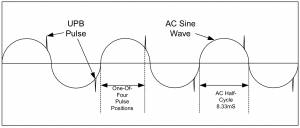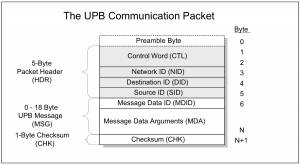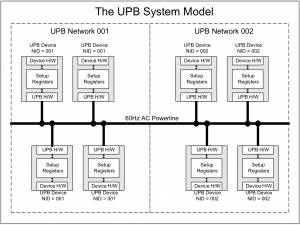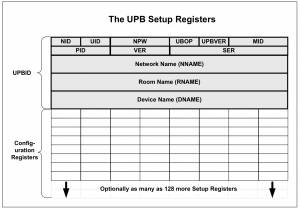meta data for this page
This is an old revision of the document!
Eufhemism
Group members
| Name | Student number |
|---|---|
| Darren Andrew | 0528679 |
| Mansour Kheffache | 0528776 |
| Sami Kabir | 0528747 |
| Vesa Ylämäki | 0507933 |
pysäköid.ai
Vision
We envision an autonomous parking facility for vehicle, where all processes required for daily operations are fully automated without the need for human assistance, while having a low carbon footprint.
Components
Parking Slot Allocation Energy-Based Payment Adaptive HVAC + Lighting Automated Cleaning and Waste Disposal Automatic Fault Detection
Technology
Architecture
Screen caps
Protocol
UPB - Universal Powerline Bus
- for communication among devices
- uses powerline wiring for signaling and control
- developed by PCS (Powerline Control Systems, Northridge CA)
- released 1999
- based on concept of X10 standard
- inproved transmission rate
- higher reliability > 99 % (X10 70-80 %)
Physical communication method
Digitally encoded information is sent over the electrical powerline as a series of precisely timed pulses. The pulses are superimposed on top of the AC sine wave.
Fig. 1 UPB Pulse
Pulses are generated by charging a capacitor in the transmitter and then discharging it. A pulse can be sent once on each half-cycle. One pulse transmits two bits of information. Pulse value is selected by timing the pulse on one of four predefined positions. Transmitter tolerance for timing is ±40 μs.
Fig. 2 UPB Timing
UPB works on single-phase, split-phase and 3-phase powerlines.
Data communications
The UPB Byte forms of four pulses (8 bits).
Fig. 3 The standard UPB Communication Packet
The first byte of the packet is called a preamble byte and it is used for synchronization on the receiver device. Preamble byte is always form of 2-1-1-2. The packet header contains information about the packet size, source, destination etc.
Fig. 4 The Packet Header
The UPB System model
If we had more time
Only having a few day to work on the project was not ideal and we only had a chance to implement a few ideas. There was a few more sensors and logic we would of liked to implement into the prototype if we had more time.
Table- with things we wanted to do.
Poster
Documents
Final report: Final presentation: Link to code:






